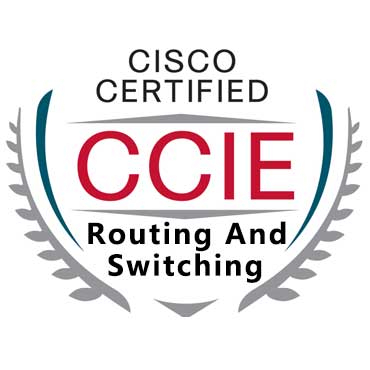(1) Traffic Engineering
Once a traditional IP network selects a path for an IP packet, the IP packet will be transmitted along this path regardless of whether the link is congested. This will cause the entire network to be over-utilized somewhere, while other local networks The resource idle CCIE training is not used. MPLS can control the path that the IP packet travels in the network. This can avoid the blind behavior of the IP packet in the network, avoid the traffic flowing to the already congested node, and realize the reasonable utilization of the network resource.
(2) Load balancing
MPLS can use two or more LSPs to carry IP traffic of the same user, and reasonably distribute user traffic between these LSPs.
(3) Path backup
Two LSPs can be configured. One is in the active state and the other is in the backup state. Once the primary LSP fails, the service immediately forwards the backup LSP until the primary LSP recovers from the fault. The service then switches back to the primary LSP from the backup LSP.
(4) Failure recovery
When an established LSP fails at a certain point, the MPLS at the fault point sends a Notification message to the upstream to notify the upstream LER to re-establish an LSP to replace the faulty LSP. The upstream LER will re-issue the Request message to establ
hen the network size becomes very large, multiple RR groups can be used, and each RR group only serves a selected MPLS VPN group.

 Join Telegram Study Group ▷
Join Telegram Study Group ▷













